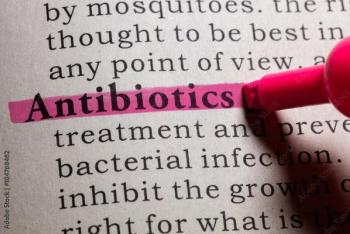
How the SARS-CoV-2 Virus Disguises Itself in the Body
Metal ions in the body help to form a bridge between viral mRNA and viral proteins.
A recent study conducted by investigators from the University of Texas Health Science Center at San Antonio has discovered how
Results from the study were published in the journal
“RNA viruses employ a diverse set of protein assemblies to enzymatically modify the 5′-end of their genomes,” the authors wrote. “This process, termed RNA capping, is essential for efficient production of viral proteins, protection of viral (v)RNA from host degradation, and evasion of the host innate immune responses—all of which enable viruses to thrive inside the host body.”
For the study, the team of investigators captured snapshots of the coronavirus at the atomic-level during various stages of its camouflaging activity.
They observed that metal ions serve a purpose for the virus, as they form a bridge between viral messenger RNA and a protein complex which consists of the viral proteins nsp16 and nsp10.
Findings from the study showed that the virus employs the protein nsp16 to modify its messenger RNA cap into something that the immune system does not recognize. This in turn tricks the defense response from the immune system and protects the RNA code of the virus, allowing it to enhance growth within the body.
Additionally, the investigators observed that the 2 protein complexes stretch themselves when the RNA cap is modified.
The team believe that these results may be able to help in the treatment of all coronaviruses.
"This is a newly described metal-dependent mechanism by which these ions help the virus to evade immune surveillance," Yogesh Gupta, senior author on the study said. "The next step is to use this structural knowledge to develop novel therapies to treat COVID-19 and emerging coronavirus infections. We are already studying how imbalances in metal concentrations regulate the host immune response to these infections."
Newsletter
Stay ahead of emerging infectious disease threats with expert insights and breaking research. Subscribe now to get updates delivered straight to your inbox.

















































































































































































































































































